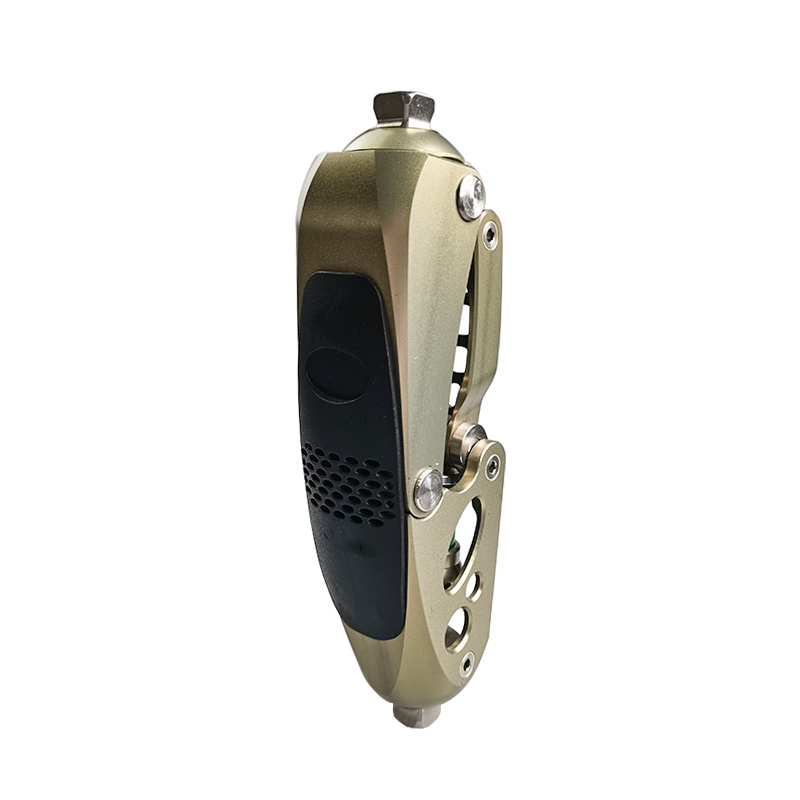Functionality of the Knee Joint
The knee joint is a remarkable anatomical structure that plays a crucial role in our ability to walk, run, jump, and perform a wide range of activities. Composed of bones, ligaments, tendons, and cartilage, the knee joint provides stability, flexibility, and weight-bearing support. In this article, we will delve into the intricacies of the knee joint, exploring its anatomy, functionality, and the common conditions that affect its health.

Anatomy of the Knee Joint
The knee joint is formed by the articulation of three bones: the femur (thigh bone), tibia (shin bone), and patella (kneecap). These bones are connected by ligaments and tendons, creating a complex network that allows for movement and stability. The knee joint also contains cartilage, which acts as a cushion between the bones, reducing friction and enabling smooth motion.
Functionality of the Knee Joint
The knee joint is a hinge joint, allowing flexion (bending) and extension (straightening) of the leg. However, it is not a simple hinge joint; it also allows for slight rotation and lateral movements. This versatility enables activities such as walking, running, jumping, and squatting.
The knee joint is supported by four major ligaments:
Anterior Cruciate Ligament (ACL): This ligament prevents the tibia from sliding forward in relation to the femur and provides stability to the knee joint.
Posterior Cruciate Ligament (PCL): The PCL prevents the tibia from sliding backward in relation to the femur and also helps stabilize the knee joint.
Medial Collateral Ligament (MCL): This ligament provides stability to the inner side of the knee joint, preventing excessive inward movement.
Lateral Collateral Ligament (LCL): The LCL stabilizes the outer side of the knee joint, preventing excessive outward movement.
The knee joint also contains two C-shaped pieces of cartilage called menisci. These act as shock absorbers, distributing forces across the joint and protecting the bones from excessive wear and tear.
Common Knee Joint Conditions
The knee joint is susceptible to various conditions and injuries that can affect its function and cause pain. Some common knee joint conditions include:
Osteoarthritis: This degenerative condition occurs when the cartilage in the knee joint wears down over time, resulting in pain, stiffness, and limited mobility.
Ligament Injuries: Injuries to the ACL, PCL, MCL, or LCL can occur due to sudden twisting motions, falls, or sports-related activities. These injuries can cause instability, swelling, and difficulty in walking.
Meniscus Tears: The menisci can tear due to sudden twisting or direct trauma. This can cause pain, swelling, and a sensation of the knee "catching" or "locking" during movement.
Patellar Tendonitis: This condition, also known as jumper's knee, is an overuse injury that causes pain and inflammation in the patellar tendon, which connects the patella to the tibia.
Treatment and Management
The treatment and management of knee joint conditions depend on the specific condition and its severity. Mild knee joint injuries or conditions may be managed with rest, physical therapy, pain medication, and the use of supportive devices such as knee braces. In more severe cases, surgical interventions like arthroscopy, ligament reconstruction, or joint replacement may be necessary to restore function and alleviate pain.


Comments
0